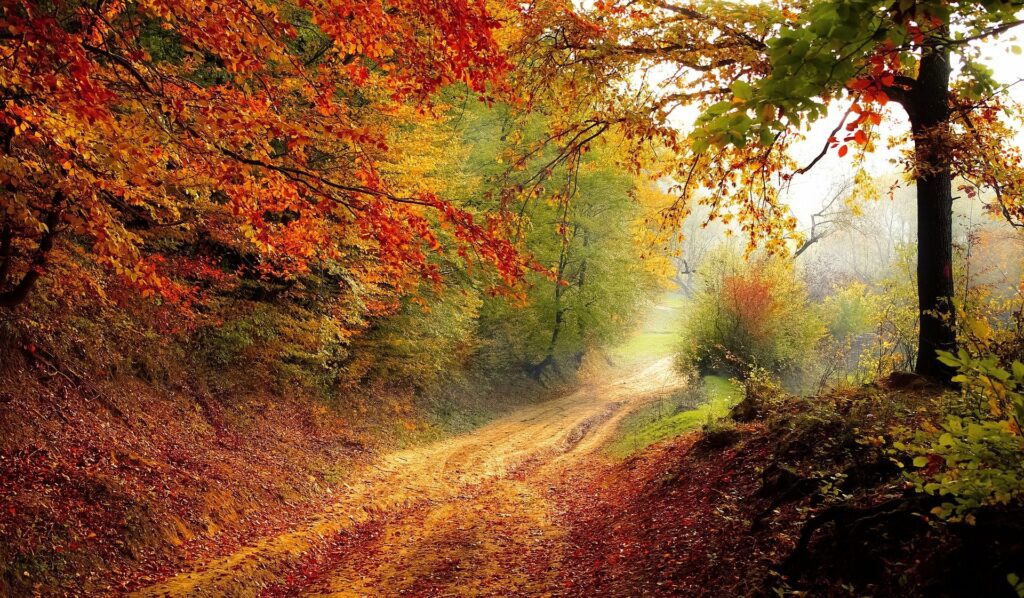Self In/Of Landscape: Expanding the Field of Ecopoetry
Instructor: Joanna Doxey
Offered Fall and Spring Semesters
Can poetry and art make a difference in addressing climate change? Can social change be achieved through literature? This course will focus both on the Anthropocene – how humans have shaped the landscape – and how the landscape shapes our identity through the discipline of Ecopoetry in particular. The field of ecopoetry (and, in extension environmental humanities) is amorphous and yet distinct. The art and thinking that is produced within the Anthropocene is not just reflections on the land, but also interrogations of space and identity within the context of climate change. We will examine text, art, and history within ecopoetry/ecoliterature to get closer answers to questions such as: What differentiates ecopoetics from the tradition of pastoral writing? How is identity shaped by surroundings, whether that’s pastoral or urban? How does landscape shape our identity? How do we define the “field” and notion of landscape to expand beyond traditional definitions? How does the form of open-field poetry lend itself to ecopoetry? In what other types of “fields” do we and literature exist? How do we create art and literature in the age of the Anthropocene? How do we create amongst climate grief? Likely we will generate more questions in the quest, which will be welcomed. We will talk about language as a field, the significance and implications of naming a land, defining “nature” in relationship to human nature. While the course is based in poetry, we’ll expand environmental literature to various texts including creative nonfiction, visual art, critical theory, fiction, history, soundscapes, sociology, ethnography, etc, and create work relevant to each student’s academic focus and pursuits. This class will delve deeply into our textual readings and connect them to literary criticism, interdisciplinary works, and multilayered conversations.

